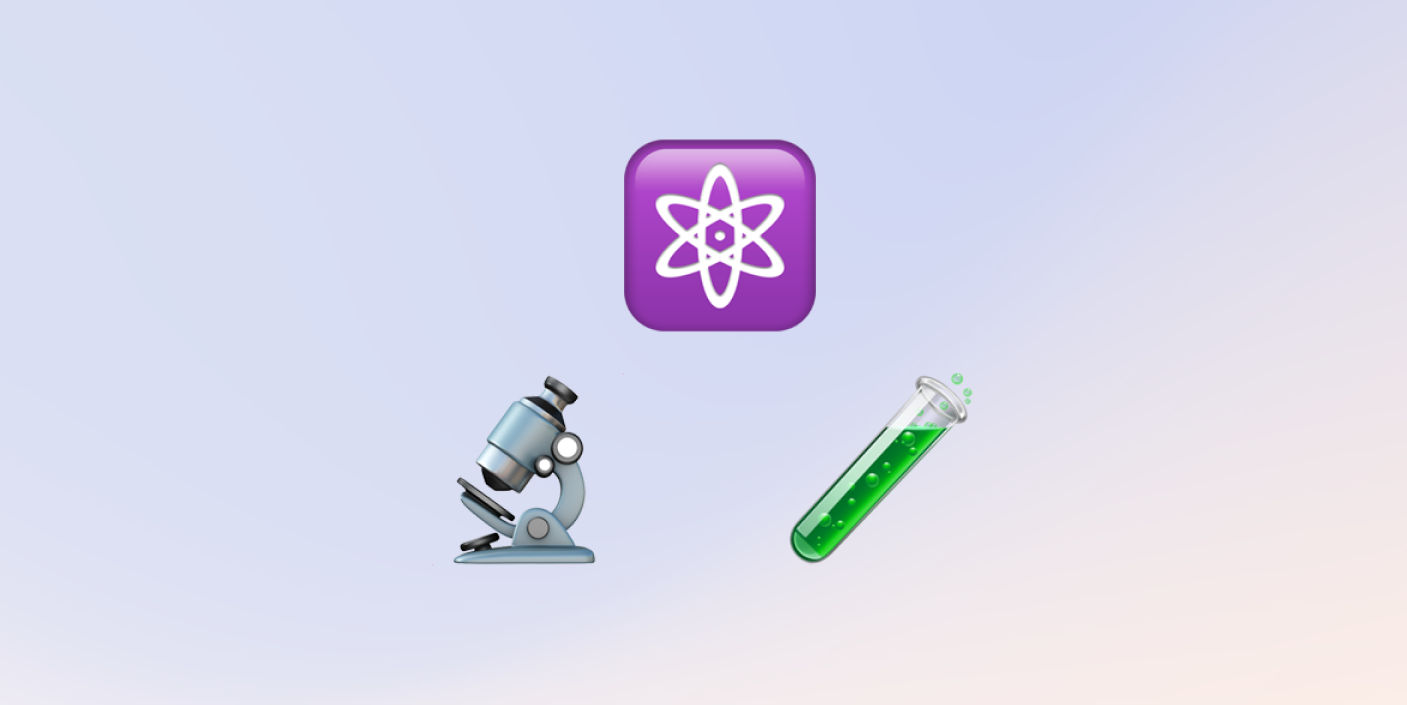Published on April 04, 2023
A/B Testing in React using Hooks

A/B testing, also known as split testing, is a widely used technique for optimizing user experiences by comparing the performance of two or more variations of a product or feature. In this blog post, we'll cover the basics of A/B testing, discuss its benefits, and explore how to implement A/B tests in React using the useAbby hook. We'll also introduce you to Abby, a powerful SaaS solution for A/B testing, designed specifically for developers.
What is A/B Testing?
A/B testing is an experimental approach to determining the most effective version of a product, webpage, or feature by exposing different variations to users and measuring their engagement. By comparing key performance indicators (KPIs) such as conversion rates, bounce rates, and average session duration, developers can identify the most successful version and implement it for all users.
Benefits of A/B Testing
A/B testing offers several benefits to developers and organizations, including:
- Data-driven decision-making: A/B testing allows you to base your decisions on concrete data, eliminating guesswork and reducing the risk of introducing underperforming features.
- Improved user experience: By testing different variations of your product or feature, you can identify what resonates best with your users and create an experience tailored to their preferences.
- Increased revenue: Optimized user experiences often lead to higher conversion rates, longer session durations, and increased customer loyalty, ultimately boosting revenue.
Implementing A/B Testing in React with the useAbby Hook
To implement A/B testing in your React application, we'll use the useAbby hook. This custom hook makes it easy to create and manage A/B tests in your React components. Here's an example of how to use the hook:
_12import { useAbby } from "lib/abby";_12_12function MyComponent() {_12 const { variant } = useAbby("my-test");_12_12 return (_12 <div>_12 {variant === "control" && <ControlComponent />}_12 {variant === "variant-1" && <Variant1Component />}_12 </div>_12 );_12}
In this example, we define an A/B test called "my-test" with two variants: "control" and "variant-1". The useAbby hook randomly assigns users to one of the variants and renders the corresponding component.
To track the performance of each variant, you can use your preferred analytics tool or a dedicated A/B testing platform like Abby.
Introducing Abby: A SaaS Solution for A/B Testing Made for Developers
Abby is a developer-focused SaaS platform for A/B testing, offering an intuitive and easy-to-use solution for creating, managing, and analyzing A/B tests. With Abby, you can:
- Effortlessly create and manage A/B tests: Abby's simple API allows you to define your A/B tests and variants quickly, giving you more time to focus on building your product.
- Integrate with your favorite tools: Abby seamlessly integrates with popular analytics platforms and data visualization tools, making it easy to analyze your A/B test results and make data-driven decisions.
- Optimize your application with confidence: Abby's robust statistical analysis ensures you have accurate, reliable results, so you can confidently implement the winning variant in your application.
Experience the power of Abby today by visiting tryabby.com and signing up for a free trial. Transform your A/B testing workflow and make data-driven decisions with ease.
Advanced A/B Testing Scenarios with Abby and useAbby
In addition to simple A/B tests, Abby and the useAbby hook enable you to handle more advanced scenarios, such as multivariate testing and feature flagging.
Multivariate Testing
Multivariate testing allows you to test multiple variations of your components simultaneously, providing more granular insights into the impact of different changes. To implement a multivariate test with the useAbby hook, simply add more variants:
_14import { useAbby } from "lib/abby";_14_14function MyComponent() {_14 const { variant } = useAbby("multivariate-test");_14_14 return (_14 <div>_14 {variant === "control" && <ControlComponent />}_14 {variant === "variant-1" && <Variant1Component />}_14 {variant === "variant-2" && <Variant2Component />}_14 {variant === "variant-3" && <Variant3Component />}_14 </div>_14 );_14}
Conclusion
A/B testing is a powerful method for optimizing user experiences and driving data-driven decision-making. By leveraging the useAbby hook in React, you can easily implement A/B tests and benefit from a flexible, scalable solution for various testing scenarios.
To supercharge your A/B testing workflow, consider using Abby, a developer-focused SaaS platform built specifically for A/B testing. With its simple API, seamless integrations, and robust statistical analysis, Abby empowers you to optimize your application with confidence.
Visit https://tryabby.com to sign up for a free trial and experience the benefits of Abby today.